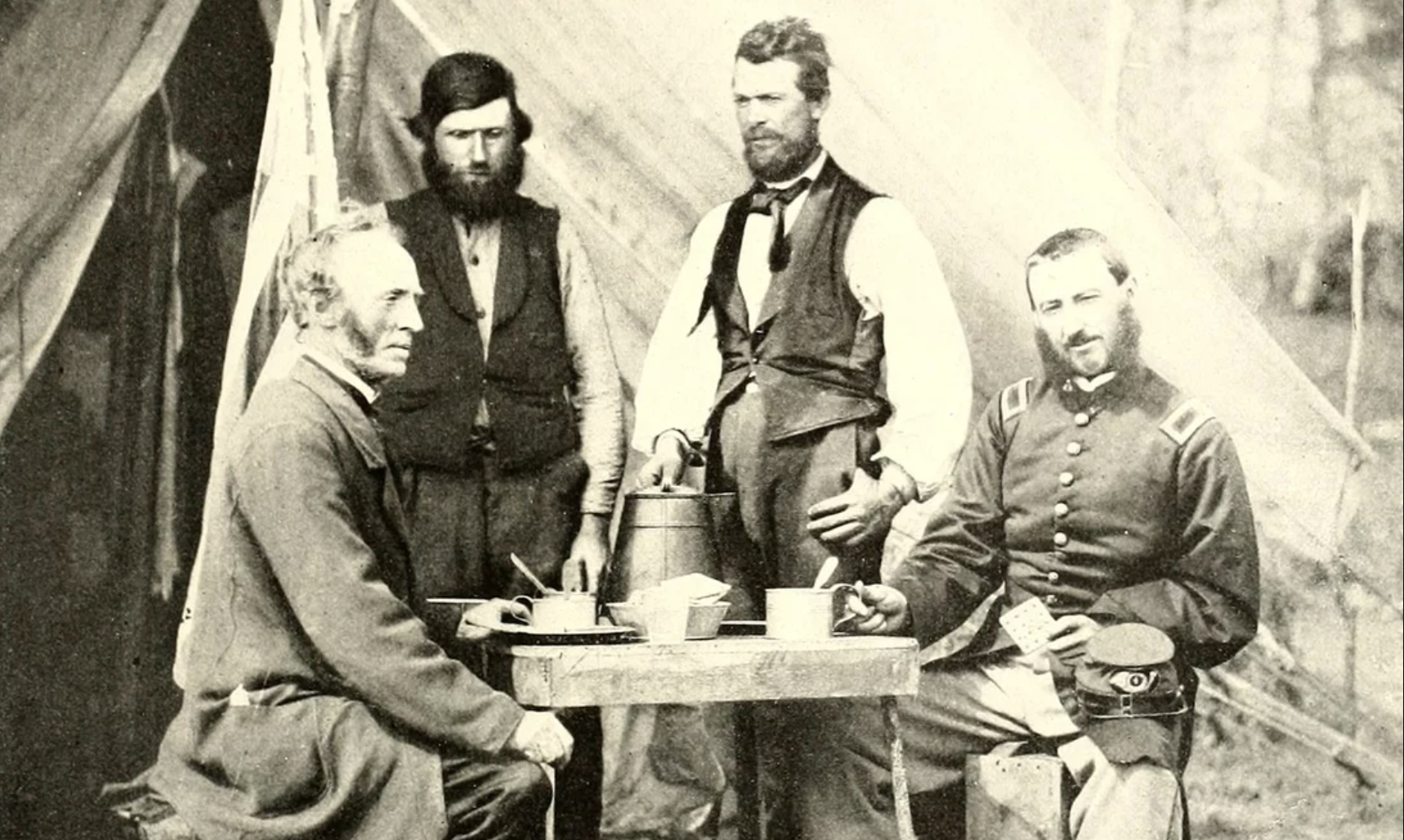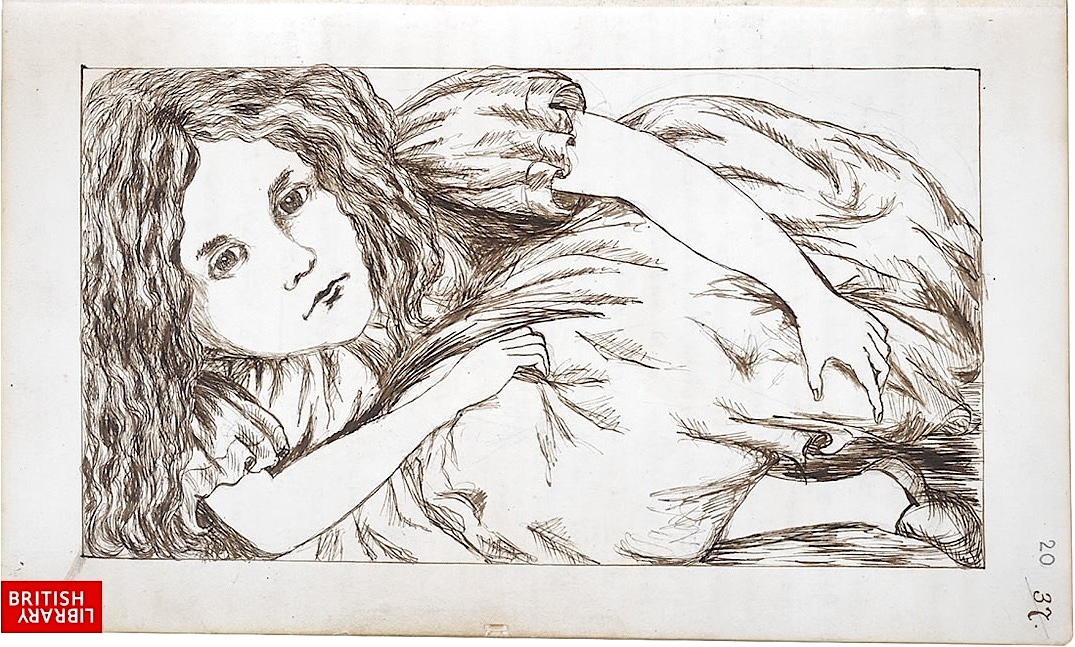
Image via Internet Archive
Last month, MTV News’ web site went missing. Or at least almost all of it did, including an archive of stories going back to 1997. To some of us, and especially to those of us old enough to have grown up watching MTV on actual television, that won’t sound like an especially long time. But if you remember the hit singles of that year — “Barely Breathing,” “Semi-Charmed Life,” “MMMBop,” the Princess Diana-memorializing “Candle in the Wind” — you’ll start to feel a bit more historical distance. And if you consider all that’s happened in not just music but entertainment in general over the past 27 years, coverage of that period of great change in popular culture and technology will seem invaluable.
It will thus come as a relief to hear that, despite Paramount Global’s corporate decision to purge MTV News’ online content (as well as that of Comedy Central, TVLand and CMT), much of the site has been resurrected on the Internet Archive, which now offers “a searchable index of 460,575 web pages previously published at mtv.com/news.”
So reports Variety’s Todd Spangler, noting that the content “is not the full complement of what was published over the span of more than two decades. In addition, some images in the archived pages of MTV News on the service are unavailable. But the new collection at least ensures, for the time being, that much of MTV News’ articles remain accessible in some form.”
MTV News itself shut down in May of last year. It had begun in 1987 as a segment called “This Week in Rock” anchored by a print journalist named Kurt Loder. “I was working at Rolling Stone and everybody that wrote about rock music, as it was called at the time, had a very down point of view about MTV,” Loder recalls in an interview with that magazine. But choosing to throw himself into this new form of infotainment gave him the chance to get to know the likes of Madonna, Prince, and Nirvana (the death of whose singer Kurt Cobain became one of his career-defining stories). “You could just fly off anywhere you wanted and do all this stuff,” Loder says. “It was a great time. I’m not sure it’ll ever be back, but something else will.” Whatever it is, may the Internet Archive be here to preserve it.
Related content:
Watch the First Two Hours of MTV’s Inaugural Broadcast (August 1, 1981)
All the Music Played on MTV’s 120 Minutes: A 2,500-Video Youtube Playlist
Enter “The Magazine Rack,” the Internet Archive’s Collection of 34,000 Digitized Magazines
Based in Seoul, Colin Marshall writes and broadcasts on cities, language, and culture. His projects include the Substack newsletter Books on Cities and the book The Stateless City: a Walk through 21st-Century Los Angeles. Follow him on Twitter at @colinmarshall or on Facebook.










